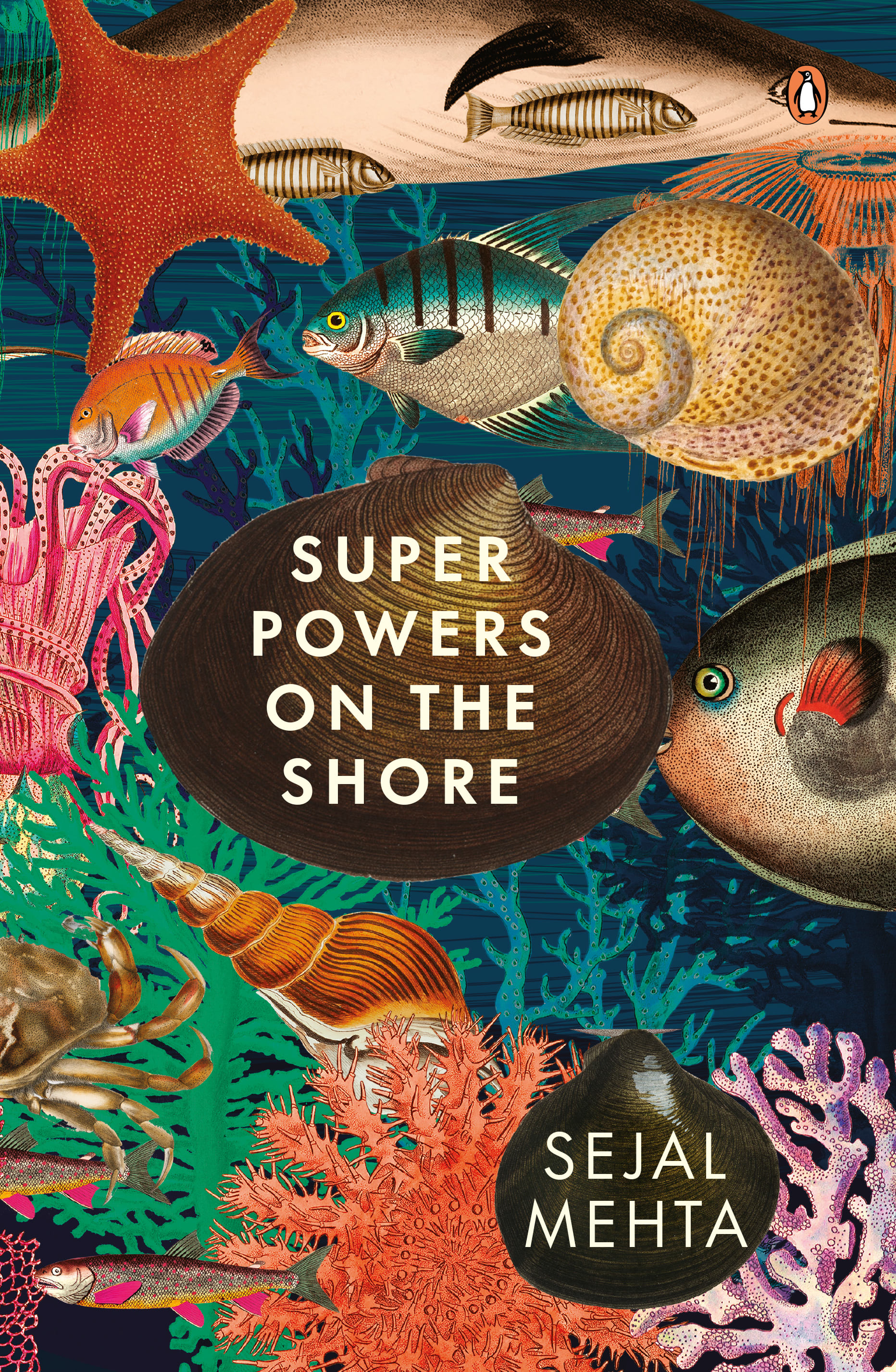 Listen to this article
•
15:34 min
Listen to this article
•
15:34 min
Harshal Karve, a marine biologist with Mangrove Foundation, Mumbai, is studying corals in the city’s intertidal zone. The idea of corals turned on its head for him when he saw them on the shore at Poshitra in Gujarat. At the time, he was doing a study on sea snails for the Bombay Natural History Society. We think of corals as wildly colourful, expansive forests in the sea, hosting and sustaining a plethora of life. We think of corals as being somewhere far away—pristine beaches of white coral sand. We don’t think of them as beings that are right on our shores.
On some shores in Gujarat, the tide rolls back kilometres into the distance, opening up a vast area of the intertidal zone. A usually stoic Karve, recalling the memory, lights up and says, ‘The Gujarat intertidal was magic.’ He adds:
Brittle stars, sea stars, slugs, everything you’ve read about is out and about in full sight. We were planning a transect survey for gastropods (snails and slugs) in Narara Marine National Park, and Dwarka and I was already incredulous at seeing coral right up at the shore. But the next evening, I saw Poshitra and nothing could have prepared me for it.

When Harshal stepped onto the Poshitra intertidal zone, the sun had already dipped below the horizon. ‘I was still new to tidepooling. I didn’t even know I needed to carry a torch for evening tides,’ he said. I understand this. Over the last four years, my wardrobe has grown to accommodate ‘quick-dry’ shore clothes, closed-toed waterproof shoes and a powerful torch to protect me from falling face down on sharp barnacles during an evening tide. Being unprepared in this zone can be extremely uncomfortable.
Harshal floundered around in the dark for a bit, trying to keep from slipping, when the senior researcher he was with asked him to switch on his phone’s flashlight. He said, ‘I thought the suggestion was to keep me from falling, but when I switched it on, I stopped in my tracks.’ His eyes lit up at the memory: ‘I was standing on a packed, literal carpet of corals. A glorious two-to-three-kilometre patch, as far as the light could see, right there, on the shore. I was stunned.’
Take a moment to understand this. All our interactions with coral have been through deep-sea documentaries. What are our immediate associations? The Great Barrier Reef, diving in the Andaman and Nicobar Islands, and Maldives vacations with diver tanks. When you see that this zone, this strange space that we largely think of as land, has representatives from their deep-sea counterparts, it is a special experience.
Imagine standing in the water with thousands of these colonies of different types of coral (numerous species of hard and soft coral) around you. So many animals, all packed together in gorgeous symmetry, like a housing society, but so much prettier.
And it’s not just the animals that behave so outrageously. The winter months that run in on the heels of the monsoon bring with it the short-lived explosion of sea lettuce. On the shores of Goa, after the monsoon, Abhishek said of a bloom of Enteromorpha (now called Ulva), ‘This seaweed proceeded to carpet entire stretches of rocky seashore in a vibrant green that seems almost gaudy.’ He added:
It is a short-lived period of bounty, but while the party lasts, all kinds of seashore herbivores flock here. The sunshine that dramatically triggers this awesome event is also the thing that, equally dramatically, draws the curtains on it. At the end of this bonanza (about a week or two at most), the sun beats down harshly enough to dry and bake the seaweed mat into a waferlike crunchy film on the rock, almost metallic to look at.
It’s things like this that I find other-worldly. On many occasions, I’ve felt that the intertidal zone is almost a parallel universe to the one we usually inhabit. It is something so removed from what I know and am familiar with, but right in plain sight. More than one tidepooler will tell you that it’s like walking through a portal, onto the shore where these strange animals live and where nothing makes sense until you switch your mindset to the idea that now you’re a guest and that this is a twilight zone.
Excerpted with permission from ‘Superpowers on the Shore’ by Sejal Mehta, published by Penguin (Price Rs 499).







